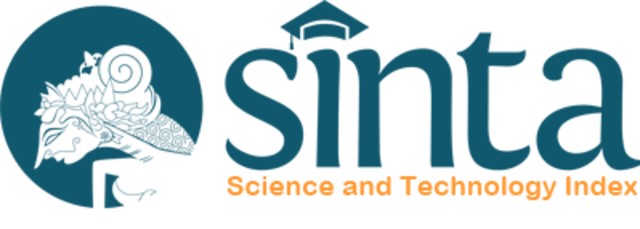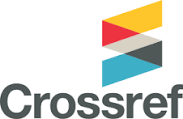Preferensi Konsumen dan Pedagang Mi Bakso terhadap Mi Basah Jagung Teknologi Ekstrusi
Keywords:
consumer’s preference, corn wet noodle, extrusion technology, meat ball vendor
Abstract
Corn wet noodle produced by an extrusion technology is easily applicable in a small scale industry due to its low investment and simple technology and can use to produce corn wet or dried noodles using 100 % corn flour. Consumer perception of wet corn noodle is an important step prior to its commercialization. The research aimed to evaluate sensory acceptance and consumer preferences of corn wet noodle according to consumers and vendor opinion. Data was collected through direct interviews to respondents selected by a purposive sampling method. Respondents consisted of 20 meatball noodle vendor and 100 consumers. Data were analyzed with frequency tables, Wilcoxon rank test, and the Kruskal-Wallis test. Sensory attributes (flavor, aroma, texture, color, and aftertaste) and overall acceptance of the corn wet noodles were evaluated. The results showed that the sensory scores of corn wet noodle ranged from neutral (score 3) to slightly liked (score 4). Age, trading experience, and cooking procedure before serving of vendors did not have any significant effect to sensory product acceptance. Similarly, age, purchasing power, and the frequency of consumers in eating meatball noodles did not influence the product acceptance. The majority of vendors (85%) and consumers (72%) did not recognize wet noodle corn. As many as 80% of consumers stated that wet corn noodles were suitable for corn meatball noodle. 85% of vendors and 87% of consumers were willing to declare corn wet noodles in meatball noodle sellingDownloads
Published
2014-12-02
How to Cite
PalupiN. S., KusnandarF., MuhandriT., & PutraG. B. (2014). Preferensi Konsumen dan Pedagang Mi Bakso terhadap Mi Basah Jagung Teknologi Ekstrusi. MANAJEMEN IKM: Jurnal Manajemen Pengembangan Industri Kecil Menengah, 9(2), 204-212. https://doi.org/10.29244/mikm.9.2.204-212
Section
Vol. 9 No. 2











